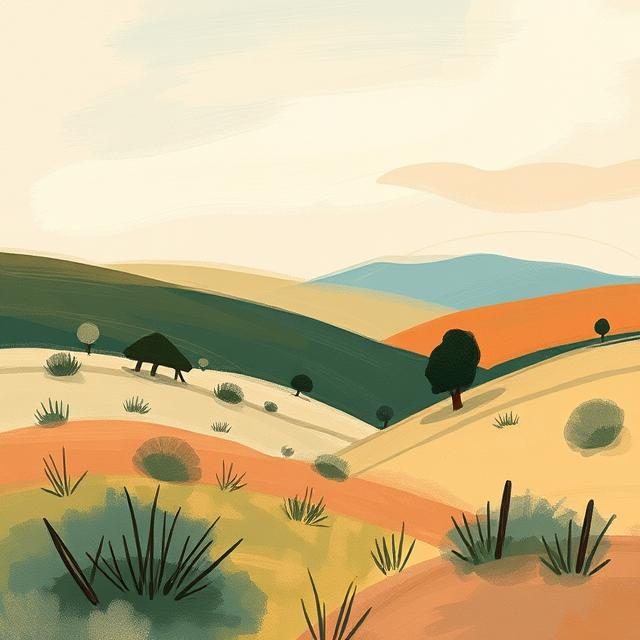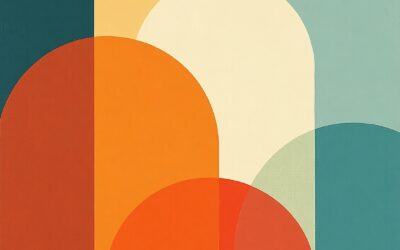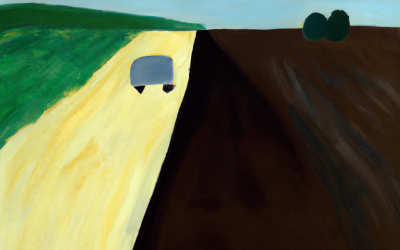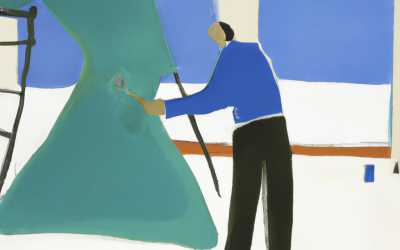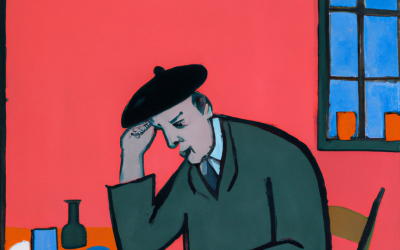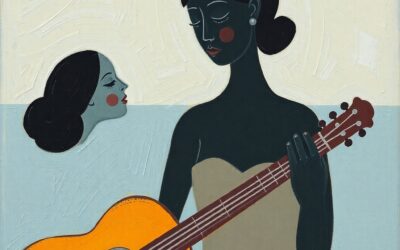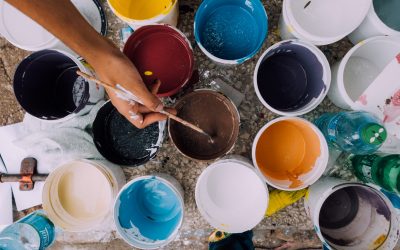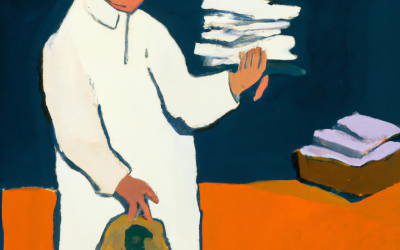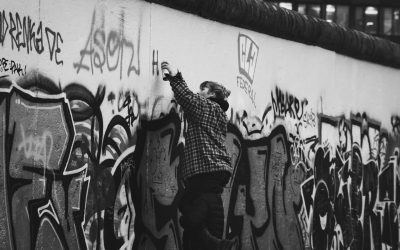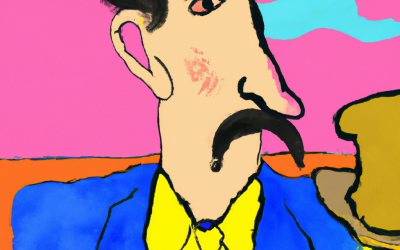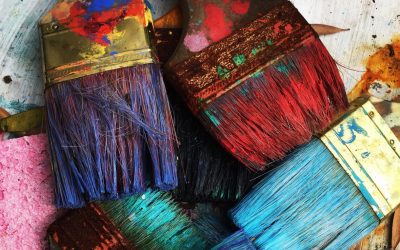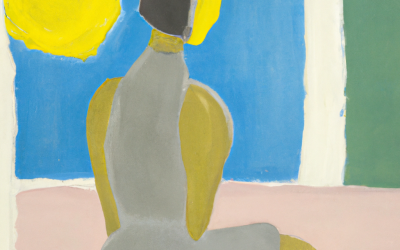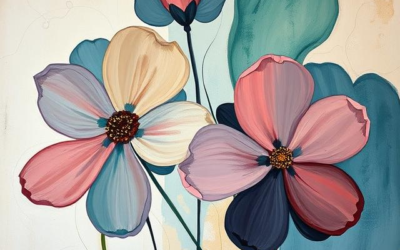Creativity and mindfulness are a natural pair—like ink and paper, melody and rhythm, or coffee and the artist burning the midnight oil. For centuries, artists, writers, and musicians have sought inspiration through introspection, silence, and deep presence. Meditation offers a structured way to cultivate this state, making it easier to tap into creative flow. Whether you’re painting, writing, dancing, or sculpting, bringing mindfulness into your practice can be the key to unlocking deeper expression and boundless imagination.
The Creative Mind: A Double-Edged Brush
Creativity is often seen as an unpredictable force, a fickle muse who arrives unannounced and vanishes when you need her most. But what if you could train your mind to access creative flow more consistently? This is where mindfulness comes in.
Many artists experience internal roadblocks—self-doubt, perfectionism, overthinking. Meditation helps quiet the mental noise, allowing creative ideas to surface more freely. By developing awareness of thoughts and emotions, artists can work through creative blocks without getting stuck in them. Rather than forcing inspiration, mindfulness allows it to emerge naturally.
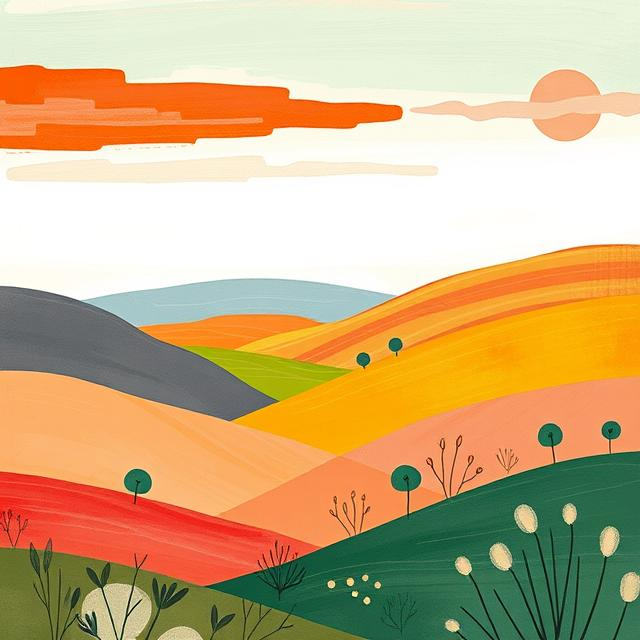
Meditation as a Gateway to Flow
Creative flow—that blissful state where time disappears, and work feels effortless—has a lot in common with meditative awareness. Both involve being fully present in the moment, suspending judgment, and surrendering to the process.
A daily meditation practice strengthens this ability. When you sit in silence and observe your breath, you’re training yourself to stay present. Over time, this skill translates directly to the creative process. Instead of being consumed by distractions, self-criticism, or the pressure to create something “great,” you learn to simply engage with the act of making. This shift reduces resistance and increases the joy of creation.
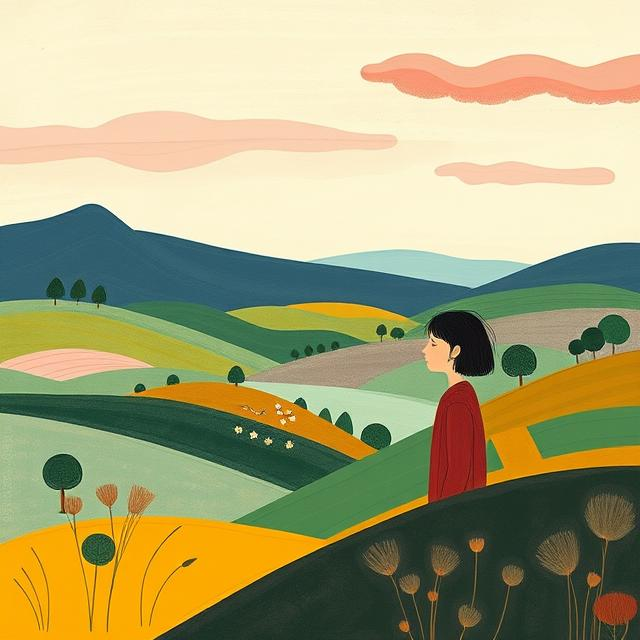
The Mindfulness-Creativity Connection
Mindfulness isn’t just about sitting on a cushion, watching your breath, and pretending you don’t have emails to answer. It’s about presence—really being there, with your whole being, in whatever you’re doing. When applied to creativity, mindfulness allows you to fully experience the act of making art, without the endless chatter of self-doubt, judgment, or the nagging thought that you should probably be doing something more “productive.”
Ever started a project and, twenty minutes later, realized you’re completely lost in it? That’s the flow state. It’s where time collapses, and the work seems to create itself. Meditation helps you cultivate that state more often by training your mind to focus, let go of distractions, and embrace the moment—exactly what art demands.

How Meditation Enhances Creativity
1. Silencing the Inner Critic
That little voice that whispers (or shouts), “This is terrible, you’re terrible, why do you even try?”—yeah, we all have one. Meditation doesn’t eliminate it, but it makes it quieter, less convincing. By learning to observe thoughts without getting entangled in them, you can let go of self-judgment and create more freely.
2. Opening Up to Inspiration
Meditation puts you in direct contact with the present moment, where inspiration actually lives. You stop chasing ideas and start receiving them. The more you practice being open and receptive, the more creativity flows naturally.
3. Deepening Intuition
Art is, at its core, an intuitive process. Overthinking can strangle creativity. Mindfulness and meditation strengthen your ability to trust gut feelings, allowing your work to emerge organically rather than being forced.
4. Enhancing Patience and Persistence
Creative work is often a slow burn. It requires patience, showing up even when you don’t feel inspired. Meditation helps you cultivate discipline and perseverance, which are essential to finishing anything.

Ways to Integrate Meditation into Your Creative Practice
1. Pre-Art Meditation
Before you start creating, sit for 5-10 minutes. Focus on your breath, clear your mind, and set an intention. This prepares your mind for deep focus and playfulness.
2. Meditative Art Making
Treat the act of creating as a meditation itself. Pay attention to every brushstroke, keystroke, or note. Notice the sensations in your hands, the colors, the textures. Let go of results and simply be with the process.
3. Walking Meditation for Inspiration
Take a slow, mindful walk without distractions. Observe everything—shapes, sounds, colors. Let your mind wander gently. Many artists find that inspiration comes when they stop actively looking for it.
4. Breath Awareness During Blocks
When you hit a creative block, don’t fight it. Pause. Take deep breaths. Observe the frustration without reacting. Often, the moment you stop resisting the block, a breakthrough comes.
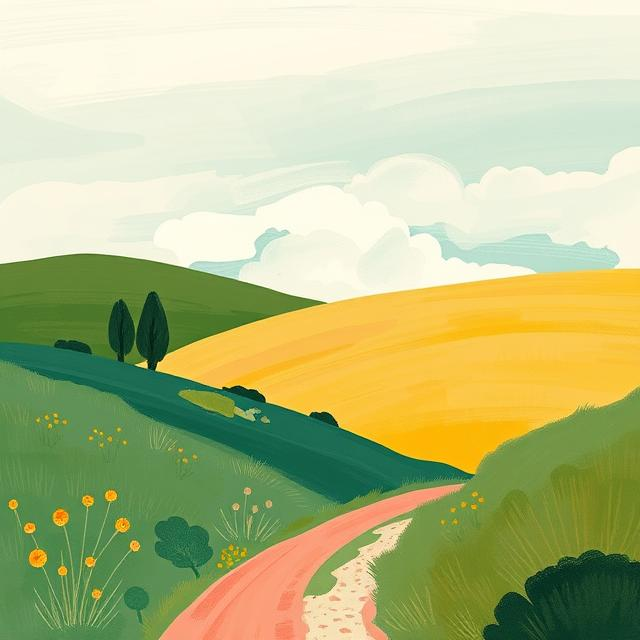
Chögyam Trungpa’s Teachings on Art and Meditation
Chögyam Trungpa, a Tibetan Buddhist teacher and artist, had a profound influence on how mindfulness and creativity intersect. He developed the concept of Dharma Art, which is not about making “spiritual” art, but about approaching the creative process with awakened presence. His teachings emphasize:
- Art as Meditation: Trungpa saw artistic expression as a form of meditation, where the act of creating is an opportunity to be completely in the moment.
- Non-Aggression in Creativity: He taught that forcing art, overthinking, or approaching it with a self-critical mindset distorts the natural flow of expression. The key is to trust and let go.
- Perceiving Clearly: Trungpa encouraged artists to cultivate “first thought, best thought”—the idea that our initial, unfiltered impressions are often the most authentic and powerful.
- Seeing Beyond Concept: Instead of trying to make something “good” or “meaningful,” he advocated for creating with openness, allowing the work to arise naturally.
His approach reminds us that great art doesn’t come from trying too hard, but from deep seeing, trust, and surrendering to the creative process itself.
Ultimately, The Practice is the Art
The biggest myth about creativity is that it’s something you either have or don’t. In reality, it’s a practice—one that grows the more you nurture it. Meditation and mindfulness are powerful tools to cultivate not just more creativity, but a deeper connection to the creative process itself. By training your mind to be present, letting go of resistance, and trusting your intuition, you open yourself to an artistic flow that feels effortless.
So, whether you’re sketching, composing, dancing, or writing—start by breathing. Then create. It can be that simple.

